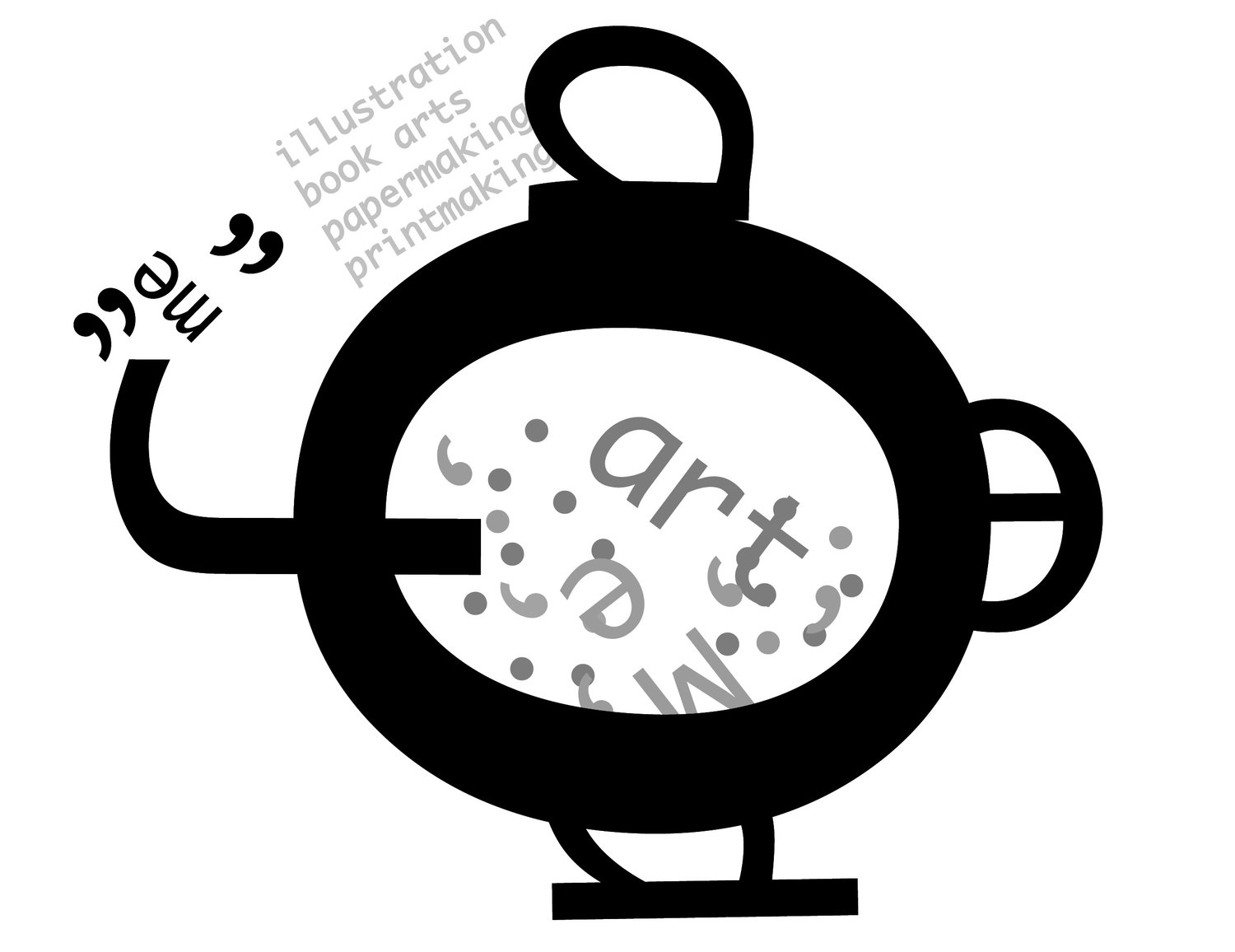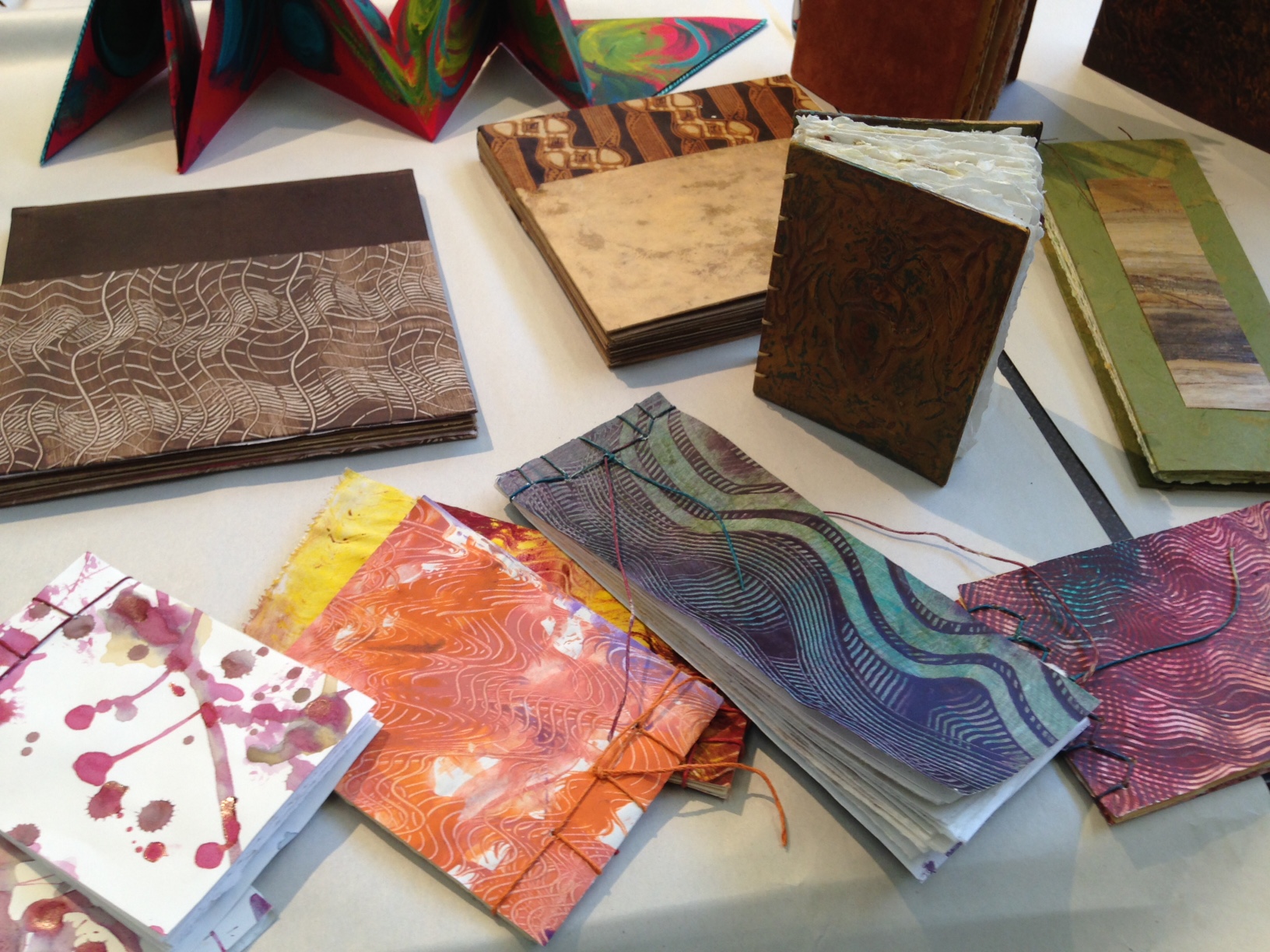Collage is a method that encourages discovery. I use multiple sources for materials: book pages, specialty papers, prints that were proofs, and paste papers. In the example I've posted, the birds are paste papers. This method of surface decoration began about four hundred years ago in Europe as a poor man's method of protecting books. If one could not afford leather, there was paper. It needed to be stronger and sealed to protect the content of the pages. Today we think of books as disposable- paperbacks- but books originally were a treasure. The rising merchant class wanted this object for status and enhancing the education of their entire family. So paste paper was invented using wheat flour starch, pigments, and paper that was probably flax or hemp. By cooking a paste and applying it to the paper surface, a durable and beautiful cover was made that suited the new book owners of the middle ages.
There are two traditions in paste papers; the Moravian (including German, French and Italian) and the English. When I took a class at the San Francisco Center for the Book with British master bookmaker, Dominic Riley, we learned to make paste papers that had subtle patterns with methyl cellulose. At RISD I learned the Moravian style with Jan Baker. That has strong patterns scraped into the wet paste with combs and plastic cards with cut edges.
I always teach paste papers in my book arts classes. We can use the papers for altered books, journal covers or end papers that line the inside of the covers, or for box linings. Making paste paper is very relaxing and puts everyone into right brain good moods. Here's an example of a beautiful book made by my student, Madeleine Prado. Another example from my classroom at Santa Fe Community College is a collection of paste paper journals by Squidge Lain.
What I enjoy is using paste paper to cut new shapes for collage. The paste paper patterns lend themselves to become feather, fins, and features of anything one can imagine. Starting with this method is a freeing activity that can lead to lots of art making.



